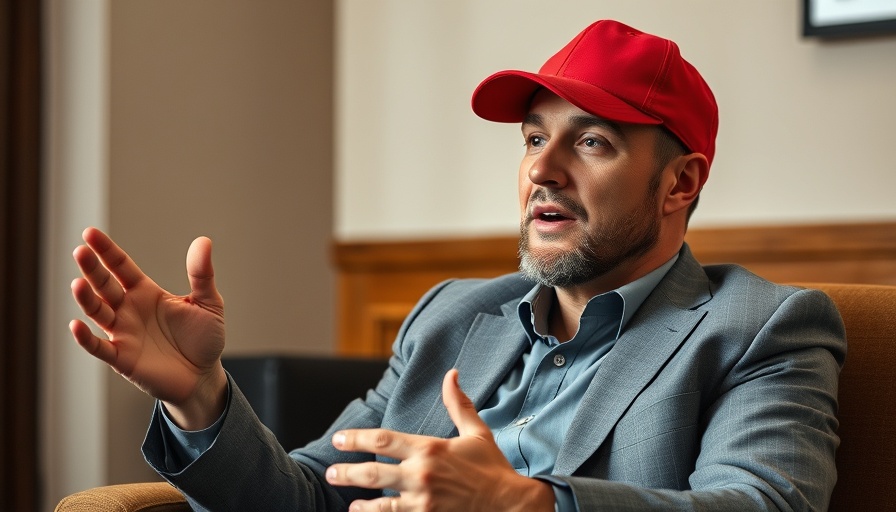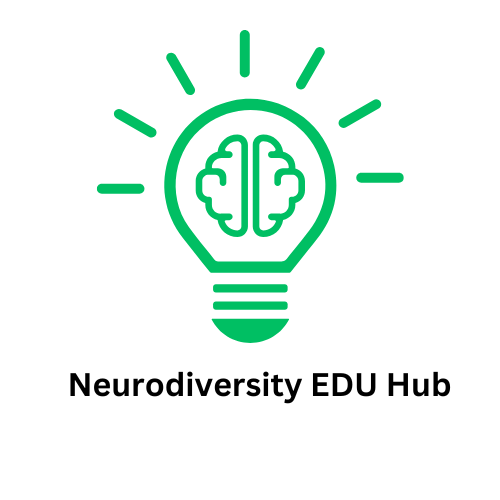
Understanding the Daily Energy Drain of ADHD
Parents and teachers often witness a unique struggle when it comes to managing the energy and focus of children with ADHD. The daily hustle of familial responsibilities combined with the distinct neurodiverse traits of ADHD can lead to a feeling of energy drain by the end of the day. Starting the day with enthusiasm, the initial burst of energy is soon stifled by life's routines that demand attention—chores, work obligations, and caregiving duties.
In Real Life ADHD Energy Drain, the discussion dives into the everyday challenges of energy management in ADHD, demonstrating the need for insight and strategies we explore further in this article.
The Cycle of Energy Dissipation
As mentioned in the video Real Life ADHD Energy Drain, the moment the day begins, there’s a rush of excitement and motivation. For parents helping their children get ready for school, it can feel exhilarating. However, as responsibilities pile on—navigating from school-drop offs to work and working commitments—this initial energy can quickly dissipate. The fluctuation between engaging with tasks and being interrupted for other obligations means that parents often find themselves depleted by the end of the day.
Restoring Focus Amidst Distractions
Creating an environment that works for someone with ADHD, whether child or adult, requires reframing how tasks are approached. Between the demands of family and work, it's essential to carve out structured moments for focus that can help channel that agile energy. Setting designated times for tasks, utilizing tools like timers, or breaking down large jobs into manageable parts can help capitalize on those fleeting bursts of motivation.
Tips for Energy Management
1. **Schedule Energy Peaks**: Understanding when you or your children feel most energized can allow for important tasks to be scheduled during peak times. Identifying these patterns can be a game changer for productivity.
2. **Break Tasks into Chunks**: Large tasks may appear daunting. Breaking them into smaller parts can prevent overwhelming feelings and help maintain motivation levels.
3. **Exercise and Movement**: Incorporating physical activity into daily routines can help recalibrate energy levels. Simple activities, like stretching during breaks, can recharge focus.
The Importance of Empathy in the Classroom
Teachers play a crucial role in managing energy levels, especially for children with ADHD. Approaching students with understanding and providing a flexible classroom environment can help students thrive. Incorporating short movement breaks and desensitizing demanding tasks can foster a sense of accomplishment and shift focus from energy drain to achievement.
Cultivating Communication with Caregivers
For parents juggling the responsibilities of work and family life, communicating openly about their children’s needs is vital. Engaging in conversations with teachers helps create a holistic support system. This partnership can lead to tailored strategies that accommodate individual energy patterns, allowing both home and school environments to harmonize for better outcomes.
Creating a Positive Narrative Around ADHD
It's also essential to reshape the narrative about ADHD. Society often focuses on the challenges, neglecting the unique strengths that come with it. Emphasizing the creative, spirited, and dynamic personalities that those with ADHD possess can foster acceptance and appreciation, making daily routines less about struggle and more about embracing each individual’s potential.
Recognizing the real-life implications of ADHD, similar to what was articulated in the video Real Life ADHD Energy Drain, can illuminate pathways to better understanding and empathy for families dealing with these dynamic challenges. By acknowledging these experiences, we encourage healthier approaches that uplift both parents and children, leading to improved dynamics at home and in the classroom.
 Add Row
Add Row  Add
Add 




Write A Comment